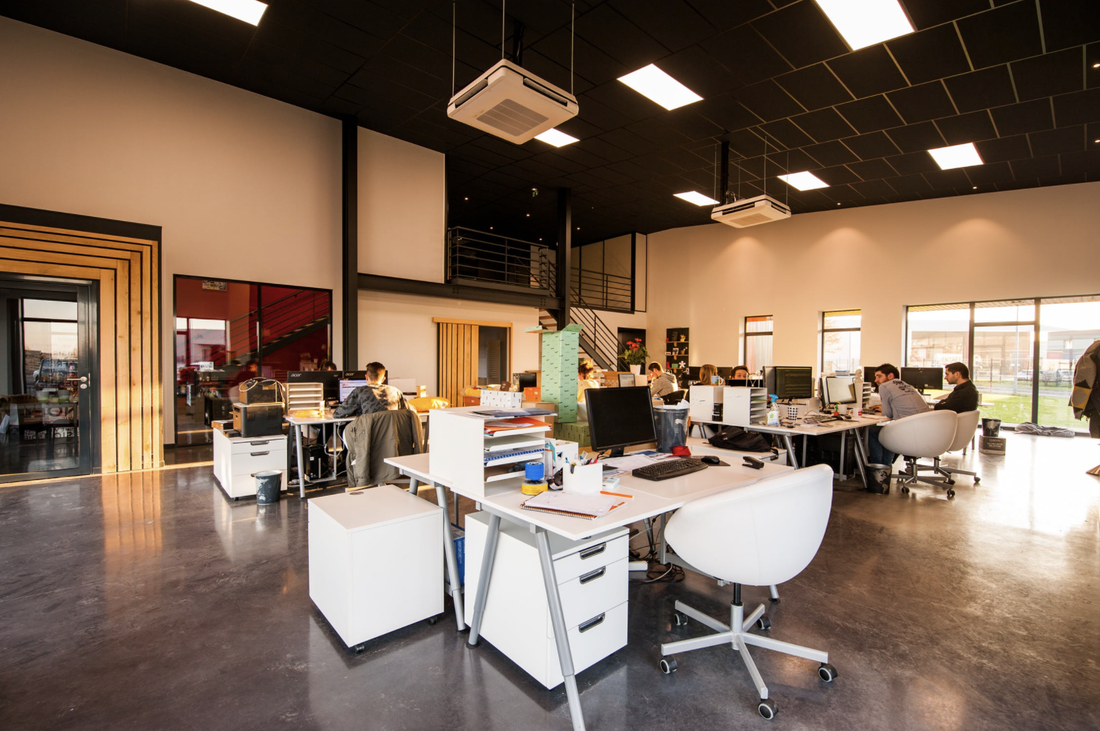|
By: O. Lotufo With the beginning of the pandemic, offices were forced to abruptly shut down and adopt virtual solutions, with many having to adjust to working at home. It’s been more than two years since the first reported Covid-19 case, and as vaccination numbers increase, businesses have begun to bring back the in-person office. Yet with this, many are questioning if offices will ever return full-time, or if hybrid working has become the new custom.
Companies are adopting a range of working schemes: completely returning in-person, becoming hybrid, or even abolishing the office completely and opting for an entirely virtual workplace. Some of the world’s biggest companies now offer partially or fully remote work arrangements. Apple announced in June of 2021 that workers are expected to attend the office only three times a week, thus working the other two days from home. Similarly, Microsoft gave employees the option of working remotely for 50% of their time, with the possibility of extending this to 100% with management approval. Others – like Twitter, Quora, and Pinterest – have taken on a remote-first hybrid setup, with most of their staff not returning to the office at all. And such changes are completely logical when you consider all the advantages of remote working. Firstly, it reduces expenses drastically for both the employer and the employees. With more workers at home, there is no longer the need for a big office; this significantly reduces real estate costs, utility bills, cleaning services, amongst others. Remote working also means not having to travel to and from work, thus decreasing travel expenses, and dining at home rather than eating out. Location is also no longer an issue, and employees can be anywhere – from the beach, to the mountains, to an entirely different continent – as long as they have access to the internet. Such freedom, and not being bound to a specific city solely for work, is extremely appealing. Further, remote working can help companies retain employees and prevent absences: for instance, even if required to move, people can keep their jobs; and with COVID, those who are infected can still work from home. Moreover, work has also become more flexible, as companies don’t need to follow the customary nine to five office hours. This allows for individuals to have a more balanced lifestyle, as their work schedules can be adjusted to fit with their other tasks (taking care of kids, exercising, cleaning the house, etc.) Nonetheless, remote working isn’t all perfect. One of the main reasons why many were longing to return to the office was to get away from distractions. Disruptions, ranging from screaming children and barking dogs to passing traffic noise and loud neighbours, caused various employees to be unable to focus. Unless a comfortable and quiet place can be secured at home, concentrating on work can be incredibly difficult. Additionally, even with Zoom and Teams – platforms deemed impossible until recently – we haven’t yet the technology to completely replace in-person connections. With remote working, walking over to a co-worker’s office isn’t an option; instead, more meetings must be scheduled. Interactions – not only at work, but also those at restaurants, gas stations, and supermarkets – have become less frequent. And as quarantine has shown, being stuck at home drastically increases the feeling of isolation and solitude, especially for those who live alone. Moreover, as much as remote working can improve productivity, this can lead to an imbalanced work routine. Some employees have found that working at home causes their job and personal life to be blurred together; there aren’t defined working hours, and this causes a lack of structure and order. Consequently, many find themselves responding to emails and scheduling calls much more than before. Even though this might benefit the company, it greatly impacts employees, who might experience a strained mental health and increased stress. Ultimately, there isn’t a rule to how companies must act. The pandemic has shown us that it is entirely possible to work from home, but it has also caused many to miss the in-person office. Each business will adopt its own policies, with most steering towards a hybrid work structure. In the end, it will be up to employees to decide which is bigger: their desire to work remotely, or their love for the office.
0 Comments
Leave a Reply. |
Categories
All
Archives
June 2024
|

